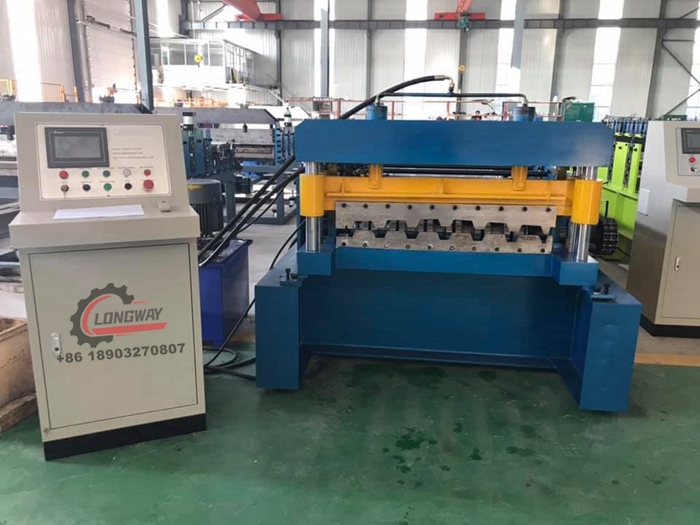Metal Slitting Line Manufacturer for High-Quality Precision Processing Solutions
Understanding Metal Slitting Line Factories An Overview
In today's manufacturing landscape, efficiency and precision are paramount. Among the various processes that drive production, metal slitting stands out as an essential technique, particularly in industries requiring high-quality metal sheets. Metal slitting line factories play a crucial role in this process, converting large coils of steel, aluminum, or other metals into narrower strips or sheets that meet specific customer needs. This article delves into the operation of metal slitting line factories and their significance in modern manufacturing.
What is Metal Slitting?
Metal slitting is the process of cutting wide metal coils into narrower strips or slugs of precise dimensions. This is achieved by passing the coil through a series of sharp rotary knives or blades, which slice the material as it unwinds. The result is a series of metal strips that can serve various applications, from automotive components to construction materials.
The versatility of slitting makes it indispensable in many sectors. For example, the automotive industry requires specific widths of metal for parts manufacturing, while the construction sector relies on varying sheet sizes for structural applications. By efficiently converting large coils into precise dimensions, metal slitting line factories ensure that different industries receive the tailored products they require.
The Process Behind Metal Slitting Lines
A typical metal slitting line setup in a factory consists of several key components the uncoiler, slitting machine, tension leveler, and recoiler
. The process begins with the uncoiler, which holds the large coil of metal and feeds it into the slitting machine.Once the coil is unwound, it passes through the slitting machine where rotary knives cut the metal into strips. The precise spacing of the knives allows factories to produce various strip widths based on customer specifications. After slitting, the metal strips may undergo a tension leveling process to eliminate any potential warping or imperfections. Finally, the recoiler winds the cut strips back into coils for easy handling and transportation.
metal slitting line factory

Technology and Automation in Metal Slitting Lines
The advancement of technology has significantly improved the efficiency and precision of metal slitting lines. Modern factories employ automation and advanced control systems to monitor and adjust the slitting process in real time. These innovations help reduce human error, maximize yield, and enhance production speed.
Automation can also integrate sorting systems that classify the finished strips according to size, weight, and quality. This level of efficiency not only improves operational productivity but also allows for quicker turnaround times, meeting the fast-paced demands of today's market.
Quality Control in Metal Slitting Line Factories
Quality control is a pivotal aspect of any manufacturing operation, and metal slitting is no exception. Factories must adhere to strict quality standards to ensure that the end products meet the required specifications. Regular inspections and testing are conducted throughout the slitting process to monitor for any inconsistencies in thickness, width, or surface finish.
Implementing advanced measurement technology, such as laser scanning or digital imaging, can aid in maintaining high quality. These systems can identify defects early in the production process, allowing for immediate corrections and minimizing waste.
Conclusion
Metal slitting line factories are integral to the metal fabrication industry, providing essential services that enable various sectors to function efficiently. By transforming large coils into tailored strips, these factories cater to the unique demands of different industries. With continuous advancements in technology and a focus on quality control, metal slitting lines will remain vital in meeting the needs of manufacturers and consumers alike. As industries evolve, metal slitting line factories will undoubtedly adapt and innovate, ensuring their place in the manufacturing landscape for years to come.
-
Roof Panel Machines: Buying Guide, Types, and PricingNewsJul.04, 2025
-
Purlin Machines: Types, Features, and Pricing GuideNewsJul.04, 2025
-
Metal Embossing Machines: Types, Applications, and Buying GuideNewsJul.04, 2025
-
Gutter Machines: Features, Types, and Cost BreakdownNewsJul.04, 2025
-
Cut to Length Line: Overview, Equipment, and Buying GuideNewsJul.04, 2025
-
Auto Stacker: Features, Applications, and Cost BreakdownNewsJul.04, 2025
-
Top Drywall Profile Machine Models for SaleNewsJun.05, 2025








